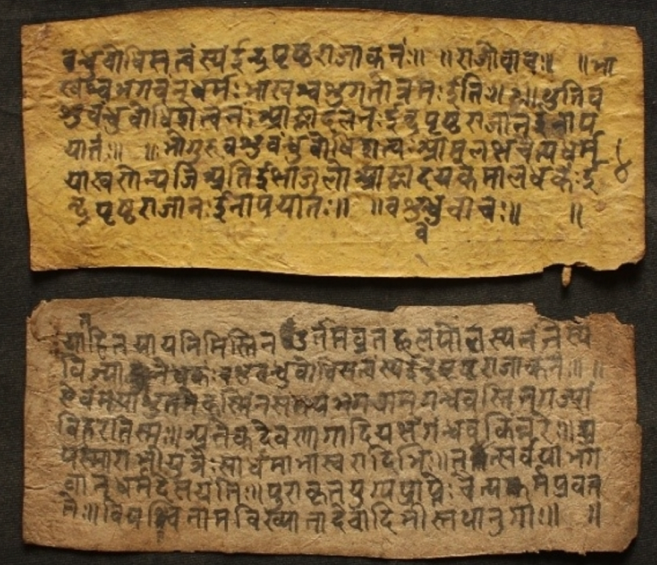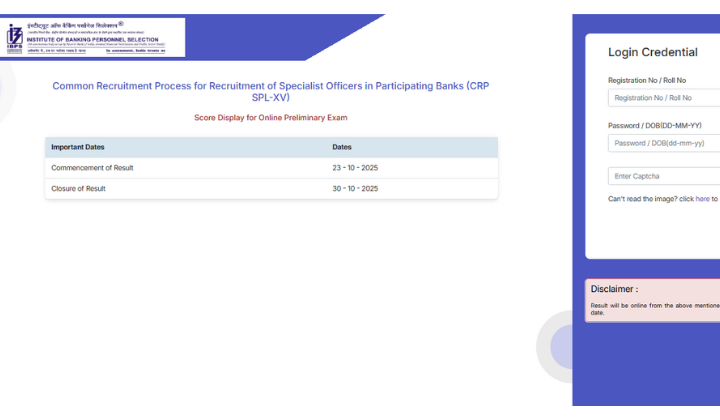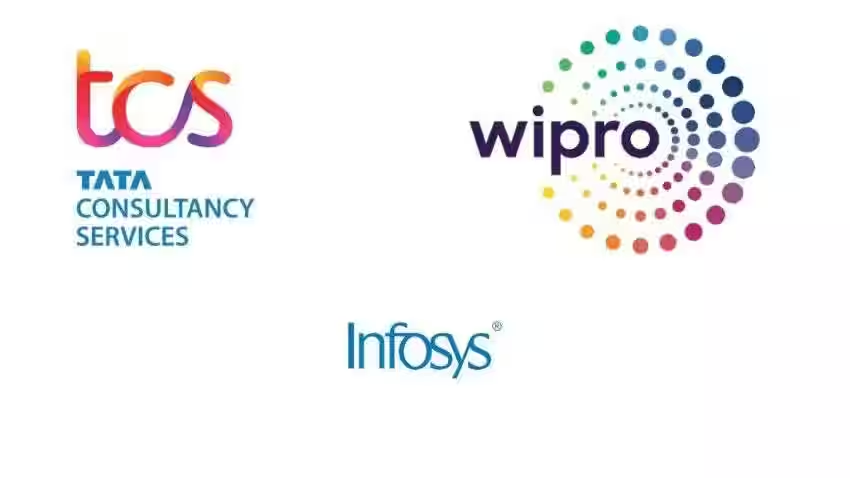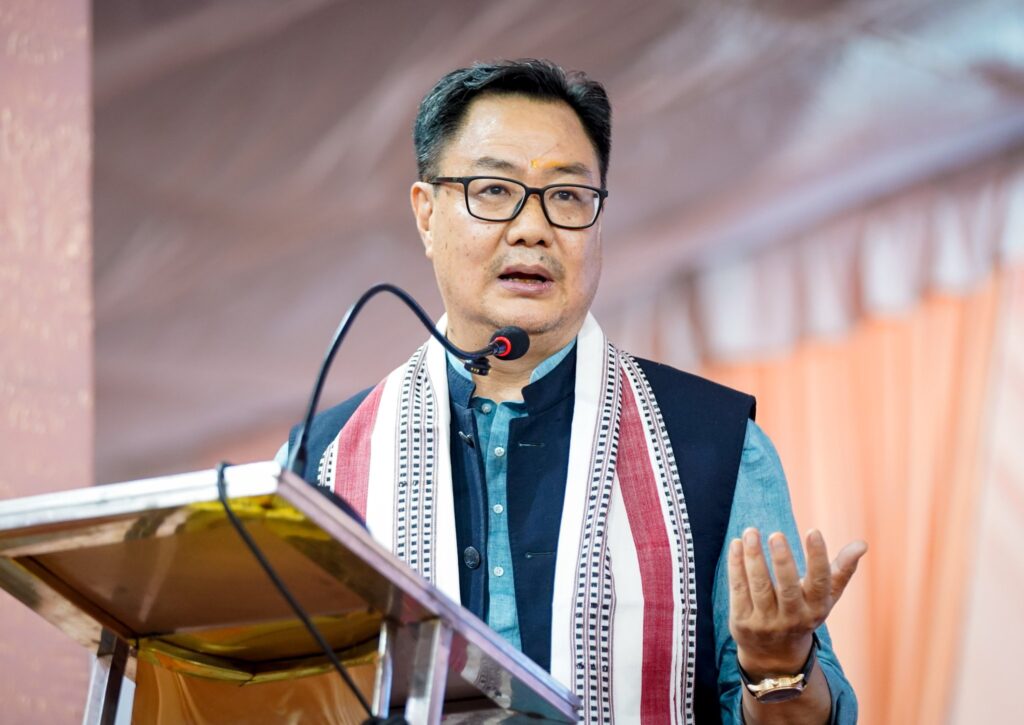Now Reading: India Launches ‘Gyan Bharatam’: Global Meet Begins to Preserve Manuscript Heritage
-
01
India Launches ‘Gyan Bharatam’: Global Meet Begins to Preserve Manuscript Heritage
India Launches ‘Gyan Bharatam’: Global Meet Begins to Preserve Manuscript Heritage

India has kicked off its first-ever global conference titled “Reclaiming India’s Knowledge Legacy Through Manuscript Heritage.” The event marks the start of Gyan Bharatam, a ₹482 crore, six-year initiative aimed at documenting, conserving, digitising, and making accessible the vast manuscript heritage spread across public institutions and private collections. The weight of history meets modern effort, and for people in smaller towns, this could reshape how local culture is preserved and shared.
What Gyan Bharatam Aims To Do
The initiative intends to create an institutional framework akin to the Archaeological Survey of India for manuscripts. It will identify and survey over one crore manuscripts housed in libraries, museums, academic institutions, and private hands. The goal is to build a national repository, digitise the material, set up documentation systems, and standardise methods for conservation.
How the Global Meet Fits In
The three-day conference in New Delhi brings together scholars, custodians of manuscripts, government officials, and private collectors. Working groups will discuss topics ranging from deciphering ancient scripts like Indus and Gilgit to setting up legal and ethical frameworks around ownership and access. On the second day, Prime Minister Modi will address the gathering, signalling the government’s priority for the project.
Budget, Structure, and Regional Reach
With a budget of ₹482 crore allocated over 2024-31, the project is sizeable but long-term. The plan includes a hub-and-spoke model: New Delhi will serve as the central hub, with regional centres supporting conservation efforts in states. Standard Operating Procedures will be developed so that preservation, digitisation, and access efforts follow agreed guidelines.
Significance for Tier-2 Cities and Smaller Communities
In smaller towns manuscript heritage often lives in local temples, old family collections, or small libraries. These places frequently lack funds, expertise or awareness to properly preserve such items. Gyan Bharatam offers a chance for better access to preservation tools and grants. Local institutions may gain from workshops, training, or partnerships with regional centres, helping communities safeguard their history.
Challenges Ahead
There are risks to address. Identifying manuscripts in private hands means building trust and handling ownership disputes. Deciphering old or rare scripts may require specialists who are few. Digitisation demands both funds and technical infrastructure. Making manuscripts accessible while respecting cultural sensitivities and protecting fragile material will need delicate balance.
Conclusion
Gyan Bharatam represents a major step in bringing India’s manuscript heritage into the light—both literally and digitally. For citizens everywhere, including those in Tier-2 cities and rural areas, it has the power to preserve legacies, deepen cultural understanding, and open up access in ways not possible before. Whether it succeeds depends on sustained effort, regional inclusion, and careful attention to both the old and the new.
























